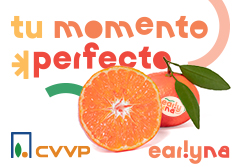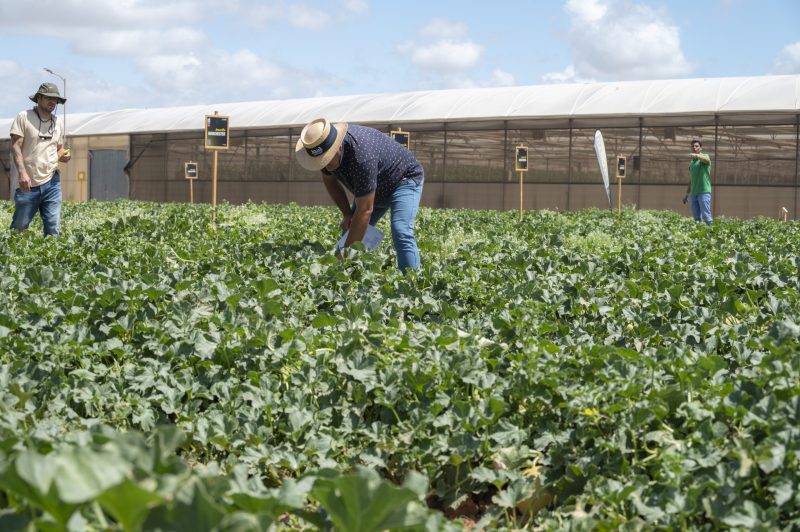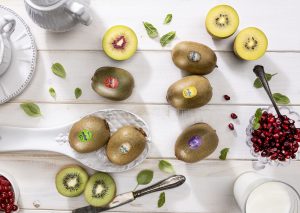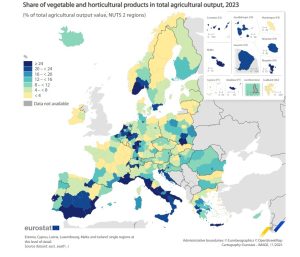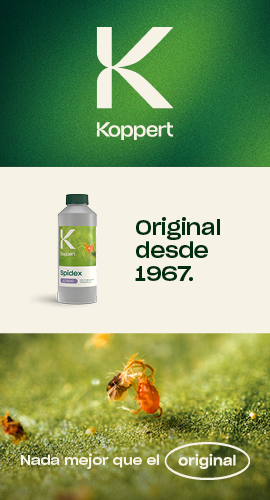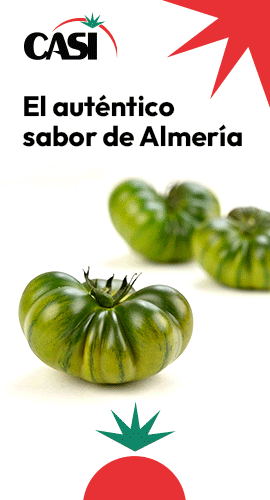Bayer is returning to Fruit Attraction with the focus on Regenerative Agriculture. A line on which it continues working and that makes up the foundation of its view of the future of agriculture. “We believe that regenerative practices could reshape world agriculture for the better, as we face up to the challenges of climate change and food safety.”
Regenerative agriculture consists of “producing more with less, while restoring more.” To do this, at Bayer they guarantee that it will play an increasingly important role in the support of food safety and sustainable food production, particularly as the climate continues to change. Unlike conventional agriculture, regenerative practices allow productivity and revenue to be improved, at the same time as giving benefits back to nature.
If it is adopted extensively, with its priority spotlight on soil health, it has the potential to boost the harvests with less land, resources, and a smaller climatic and environmental footprint. This, in turn, offers positive results for both species and habitats; it helps to restore the ecosystems and improves the conditions of the soil.
“Our capacity and installations to provide farmers with a complete system of solutions to carry out this model differentiates us from others. Previously, we considered them to be three separate categories: Seeds and treatments, crop protection, and digital technology. Now, we apply a holistic approach.”
By combining different technological platforms, they can provide a system of solutions which, together, create value for the farmers and for nature. “We treat each farmer as their own ecosystem, and we provide them with a wide range of solutions adapted to the conditions of the soil. Therefore, we help them to fulfil their expectations and to adapt to uncertainty and change.”
Digital precision agriculture adapts the correct solution to the specific circumstances of each farm. This allows the farmers to make decisions about what to plant, the planting density and when to apply nutrients. This model benefits crop protection and water in their land, as it allows the producers to cultivate more, with fewer resources and less environmental impact, and, at the same time, it improves the profitability of each hectare. In short, it allows them to produce more, while restoring the environment.
“Collaborations by different links in the chain will play an essential role in providing regenerative agriculture solutions that take into account the farmers’ needs and challenges.”
A practical case: melons
Within the melon genetic improvement programme, they are developing several lines to obtain varieties that contribute to regenerative agriculture, concentrating on three pillars, according to José Guirado, Market Development Brassicas Ibérica:
- Producing more with less: they are developing varieties that are more productive on the same crop surface area, hardier for agronomic handling, and that adapt better to the changing weather conditions. “For example, with a decrease in leaf size on the plant to reduce the crop’s evapotranspiration surface area, stronger root systems that need less water and more robust plants that need less fertilisers.”
- Helping to preserve and restore biodiversity: with varieties that have a complete basic resistance package and, along with the use of plant protection products, auxiliary fauna and digital tools, they offer a comprehensive solution against pests and diseases. “We adapt the resistances to the different production areas. We have been pioneers in incorporating resistances to melon varieties.”
- Reducing carbon emissions: Bayer is backing long-life to give farmers some leeway. This allows harvesting costs to be reduced, wastage in the fields to be decreased, and it contributes to reducing waste during marketing, distribution and consumption, meeting the quality and innovation criteria required by the chain of value. “Our melon portfolio fulfils the premise of long life with flavour. We are working on varieties with shorter internodes, with more flowers, which concentrate the production and can acquire the Brix degrees early on to be adapted to a potential mechanical harvest that helps to decrease labour costs.”





